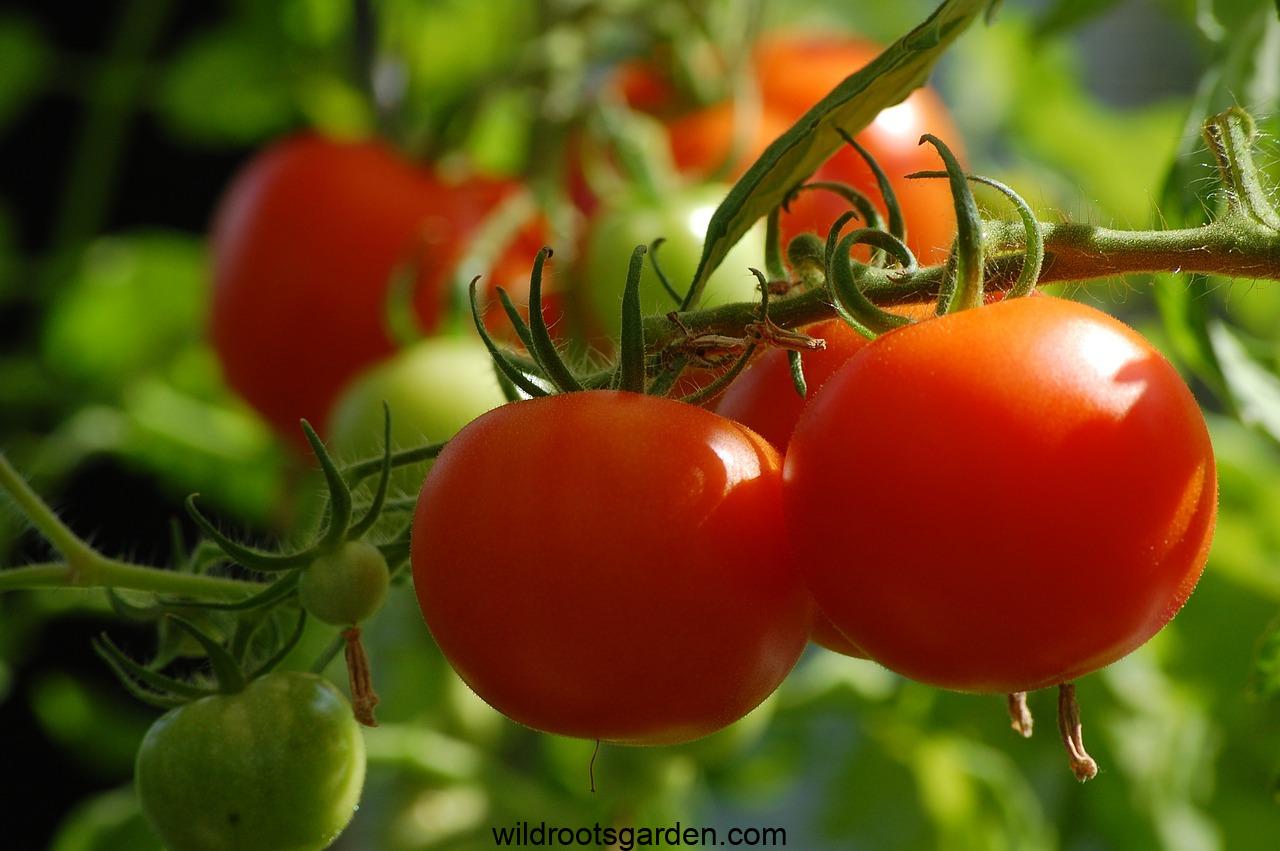Can I Plant Tomatoes in the Same Spot Every Year: Tomatoes are one of the most popular and versatile vegetables to grow in backyard gardens. Gardeners love their delicious taste and the many ways they can be used in the kitchen. However, the question of whether it’s a good idea to plant tomatoes in the same spot every year comes up often. In this essay, we will discuss the benefits of crop rotation and the challenges of growing tomatoes in the same location repeatedly. We will also provide alternative techniques and helpful tips for successfully growing tomatoes.
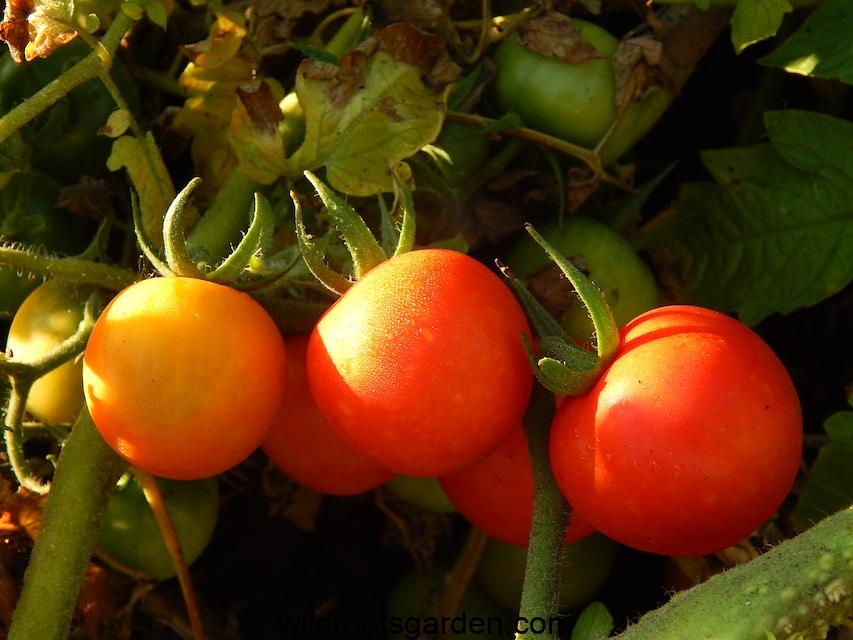
Crop rotation is essential for using sustainable gardening techniques. Crop rotation entails gradually switching the crops that are planted in a specific area. This method enhances the general health of the garden while preserving the soil’s fertility and controlling pests and illnesses. Crop rotation is advantageous for most plants, but it is crucial for crops like tomatoes that are vulnerable to particular diseases and pests.
JUMP TO TOPIC
Understanding Crop Rotation
Growing various plant families in a certain order across several growing seasons is a method known as crop rotation. When the same crop is cultivated in the same location year after year, pests, illnesses, and nutritional deficits can accumulate. This can be avoided by rotating your crops. Every plant family requires a distinct combination of nutrients and is vulnerable to various pests and diseases. Crop rotation breaks up the life cycles of pests and pathogens, which has a positive effect on plant health.
Benefits of Crop Rotation
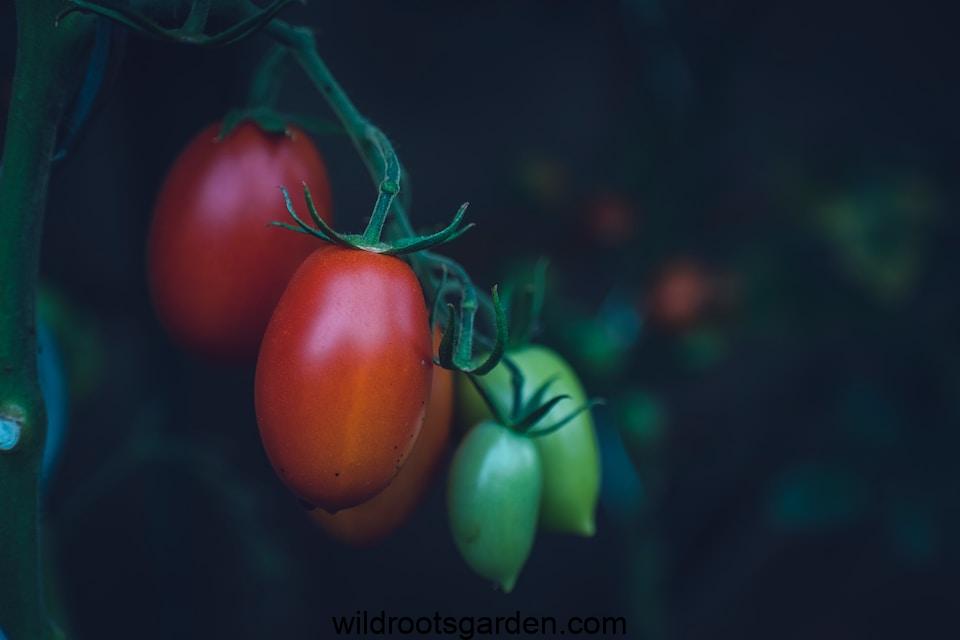
1. Disease Prevention
The ability to lower the danger of diseases in your garden is one of the key benefits of crop rotation. Verticillium wilt and Fusarium wilt are only two of the many tomato diseases that can linger in the soil for years. You can disrupt the disease cycle and stop pathogens from accumulating in the soil and infecting young plants by rotating tomatoes with other plant families.
2. Nutrient Management
The nutritional needs of various crops differ. Certain plants, like legumes, can fix nitrogen in the soil, which is advantageous for succeeding plants that require more nitrogen. Crop rotation allows you to maximize nutrient uptake and prevent the loss of particular nutrients. Long-term benefits include healthier plants and increased yields.
3. Weed Control
Weed control can benefit from crop rotation as well. If the crops are cycled, weeds that are exclusive to certain crops could find it difficult to establish and grow. Moreover, some crops, such as cover crops, can reduce weeds, lowering resource competition and reducing the demand for herbicides.
Challenges of Planting Tomatoes in the Same Spot
While it may be convenient to plant tomatoes in the same location every year, doing so can present some difficulties and health hazards to your plants.
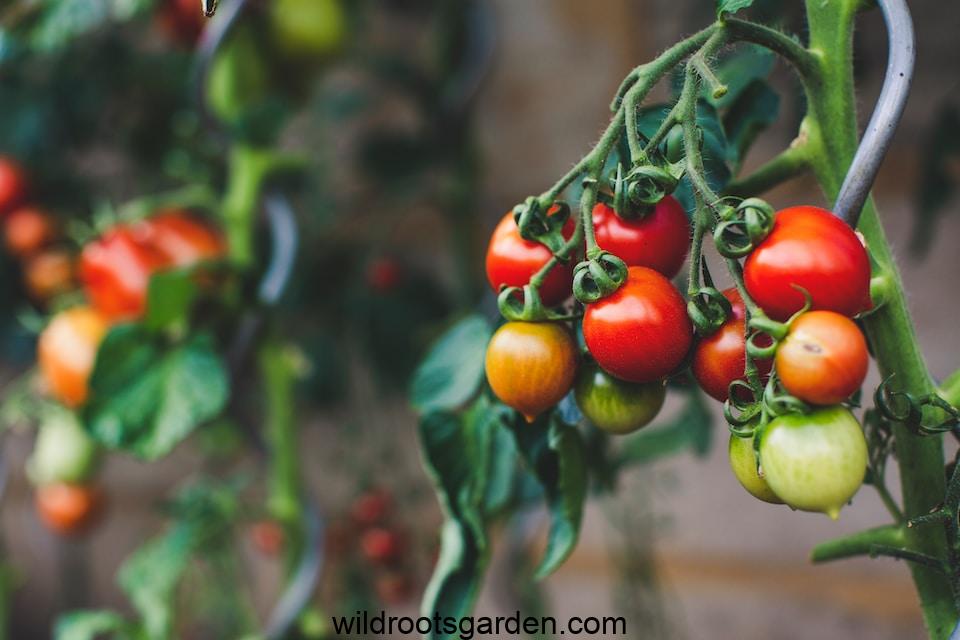
1. Soil Depletion
Because tomatoes are strong feeders, they need a lot of nutrients from the soil to grow and bear fruit. By repeatedly planting tomatoes in the same location, you risk depleting the soil of vital nutrients, which will limit development, reduce yields, and make plants more susceptible to disease.
2. Increased Pest and Disease Risk
Nematodes, tomato hornworms, and blight are some of the pests and illnesses that can affect tomatoes. By consistently planting tomatoes in the same location without rotating them, you foster an environment where these pests and illnesses can flourish. Reduced plant vigor, worse fruit quality, and even crop loss might result from the cumulative effect.
Alternatives to Planting Tomatoes in the Same Spot
Consider the following options for planting tomatoes in the same location every year to avoid the difficulties involved:
1. Crop Rotation
To disrupt the cycles of disease and pests, rotate tomatoes with other plant families. Tomatoes should not be planted in the same location for at least three years. Legumes, brassicas, or leafy greens are a few examples of plants you would want to include in your rotation because they have distinct nutritional needs and help replenish the soil.
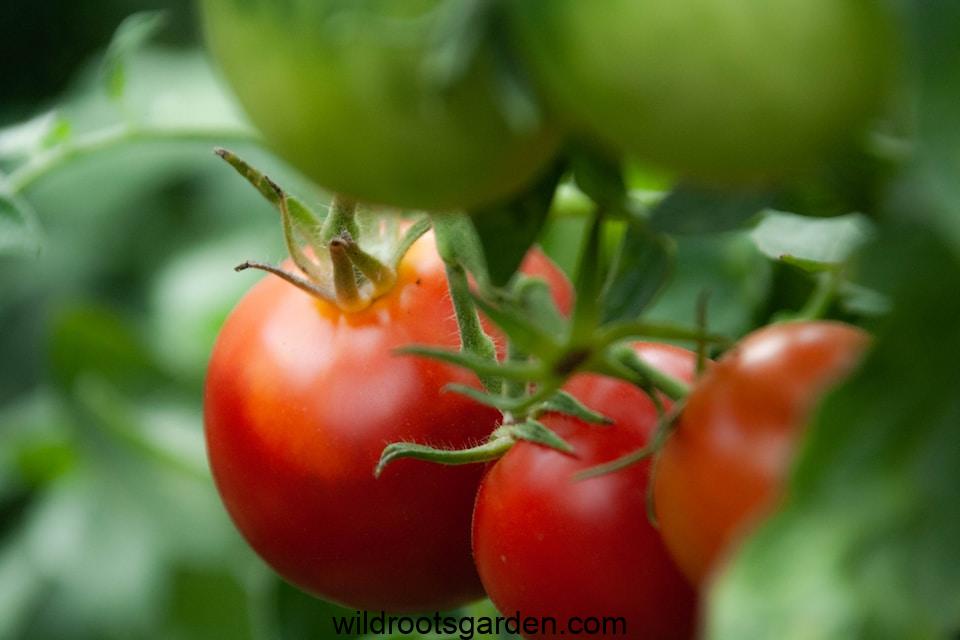
2. Intercropping
The simultaneous planting of many crops in the same space is known as intercropping. You may establish a more balanced ecosystem that lowers pest burden and improves tomato growth by intercropping tomatoes with companion plants that ward off pests or attract beneficial insects.
3. Raised Bed Gardening
The problem of soil depletion can be effectively solved by raised bed gardening. You can give tomato plants the perfect environment by making elevated growing areas and filling them with nutrient-rich soil. Tomatoes grown in raised beds have better root health, drainage, and aeration, which leads to healthier and more fruitful plants.
Tips for Successful Tomato Planting
To ensure successful tomato cultivation, follow these tips:
1. Soil Preparation
Before planting, amend the soil by adding organic material, such as compost or well-rotted manure. This enhances nutrient availability, drainage, and soil structure. To grow tomatoes, the pH of the soil should be tested and set to a range typically between 6.0 and 6.8.
2. Proper Spacing
To maintain appropriate air circulation and lower the risk of disease, tomato plants need to be spaced sufficiently apart. For the individual tomato type you are cultivating, adhere to the suggested spacing requirements provided. To preserve a single stem and regulate the growth of indeterminate kinds, prune them.
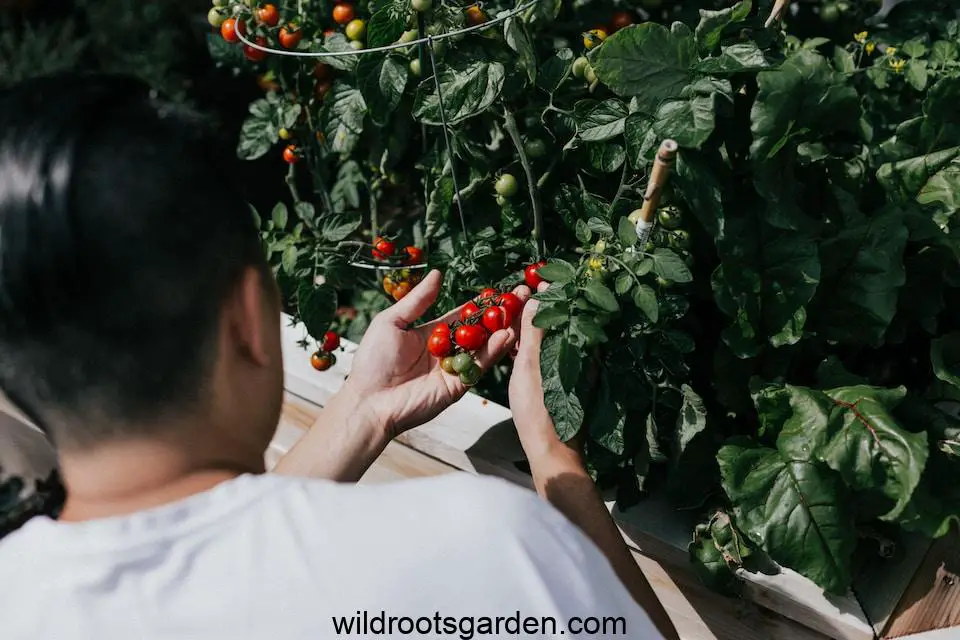
3. Watering and Fertilizing
Provide your tomato plants with regular moisture by giving them shallow but infrequent watering. Avoid overhead irrigation since it can encourage the spread of disease. Throughout the growing season, fertilize frequently using a balanced tomato fertilizer to supply vital nutrients.
4. Mulching
Around the base of your tomato plants, spread a layer of organic mulch, like straw or wood chips. Mulch reduces weed growth, controls soil temperature, and aids in soil moisture retention. Moreover, it serves as a barrier to stop illnesses from the soil from spilling onto the leaves.
Final Thoughts
Growing tomatoes in the same location year after year may be tempting, but it is not advisable. This practice can deplete the soil, increase the burden of pests and diseases, and decrease plant vigor. Instead, you can opt for raised bed gardening, crop rotation, or intercropping to maintain soil fertility, control pests and diseases, and ensure healthy tomato cultivation. By following these procedures and putting the recommended advice into practice, you can have strong tomato plants, abundant yields, and a flourishing garden.
FAQs About Can I Plant Tomatoes in the Same Spot Every Year
How often should I rotate my tomatoes?
Tomatoes should ideally be rotated and not planted in the same location for at least three years. This time frame interrupts the cycles of disease and pests and provides enough time for the replenishment of soil nutrients.
Can I plant tomatoes in the same spot if I use disease-resistant varieties?
Although some protection is provided by disease-resistant tomato cultivars, it is still a good idea to rotate your crops. This method enhances long-term soil health and lessens the overall insect and disease pressure in your garden.
Are there any companion plants that benefit tomatoes?
Certainly, some companion plants are advantageous to tomatoes. Pests are known to be repelled by plants like marigolds, basil, and borage, while plants like parsley and dill attract beneficial insects that feed on tomato bugs.
Can I grow tomatoes in containers to avoid soil issues?
Indeed, it is possible to successfully grow tomatoes in containers, especially if you have a small garden or poor soil. Simply make sure the containers have enough space for the root systems of the tomato plants and have enough drainage.
Should I remove tomato plant debris after harvest?
After harvesting tomatoes, it is crucial to clean up and get rid of plant waste. By using this technique, you can keep illnesses and pests from spreading throughout the garden. If the trash doesn’t exhibit any disease symptoms, compost it to improve your compost pile.

